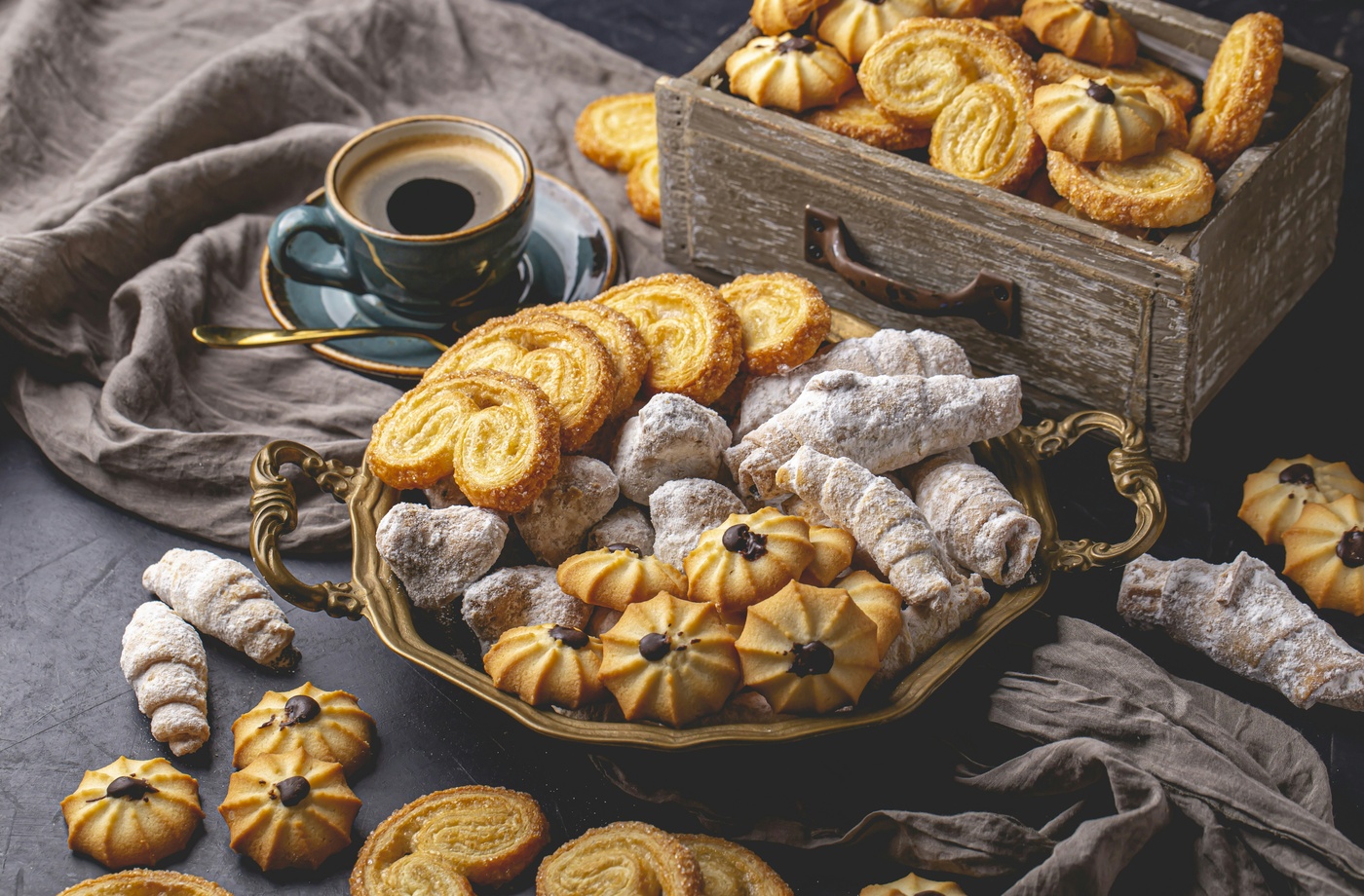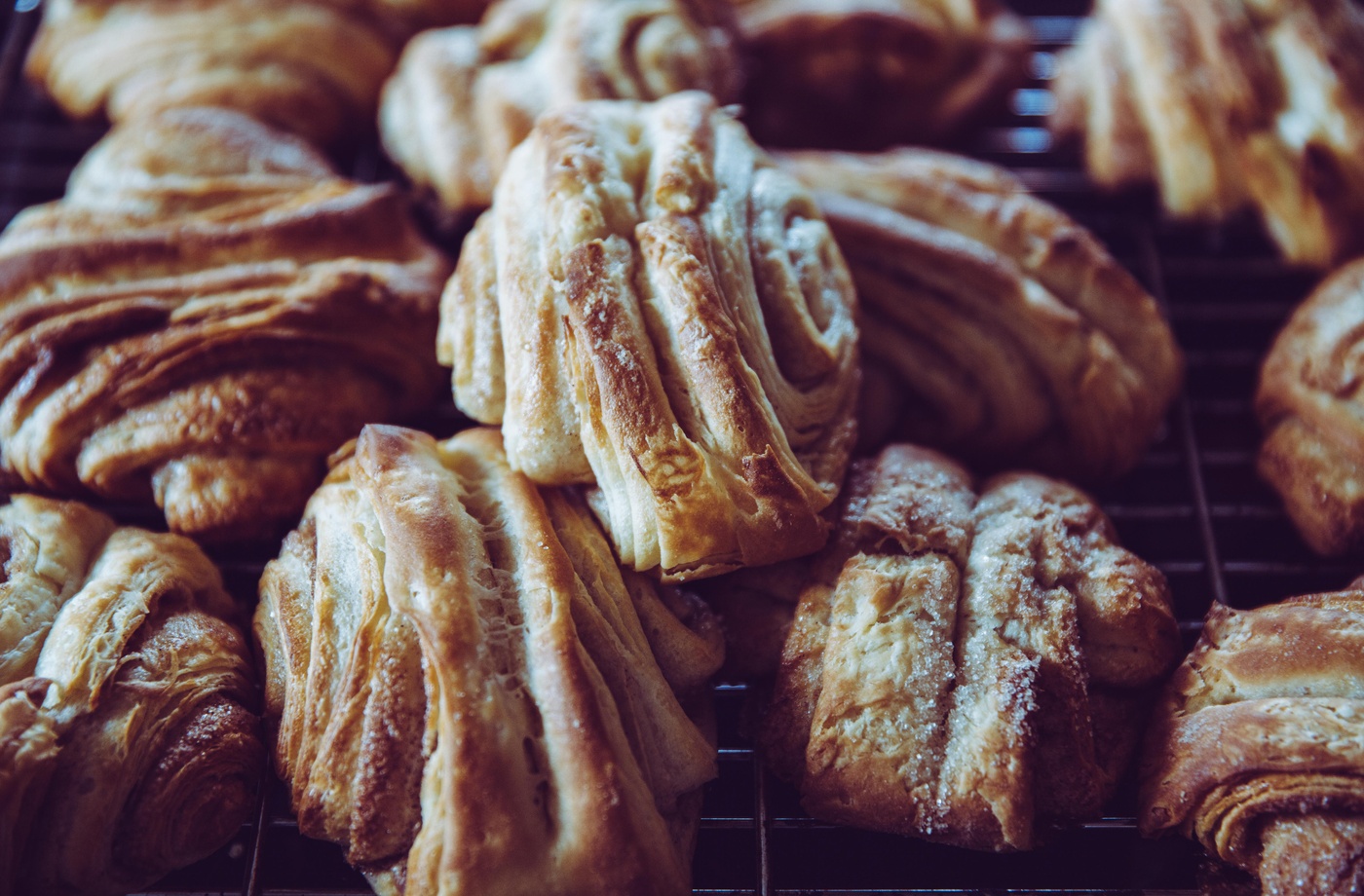Few foods are as humble and profound as bread. It’s one of the oldest prepared foods in human history, and yet its appeal is timeless. Whether you’re making rustic sourdough or soft sandwich loaves, understanding the full journey—from raw ingredients to golden crust—can deepen your appreciation for this everyday staple. In a world of quick fixes and instant meals, baking bread is a slow, sensory act that rewards patience and care.
Here’s a closer look at the life of a loaf and how you can master it at home.
Step 1: Choosing the Right Flour
Bread starts with flour—and the type you choose affects everything from rise to chew. Bread flour contains more protein (typically around 12–13%), which builds the gluten structure needed for hearty loaves. All-purpose flour works well for softer breads like white sandwich loaves or dinner rolls. For guidance on choosing the right flour, refer to King Arthur’s flour guide.
Step 2: Hydration and Mixing
Hydration refers to the ratio of water to flour in your dough. Higher hydration (above 70%) is typical for sourdoughs and artisan loaves, while lower hydration works better for enriched doughs. Whether you’re hand-mixing or using a stand mixer, mixing evenly helps gluten development and fermentation. Don’t skip the “autolyse” step—resting flour and water before adding salt and yeast—which improves texture.
Step 3: Kneading and Bulk Fermentation
Kneading aligns gluten strands, making the dough stretchy and able to trap gas. But many modern recipes, especially for sourdough, rely on stretch-and-fold techniques instead of traditional kneading. During bulk fermentation, dough rises slowly and develops flavor. A good rule of thumb: dough should roughly double in size. Fermentation times vary depending on temperature and yeast activity.
Step 4: Shaping and Final Proof
Shaping gives structure to the dough before baking. Round loaves (boules), oblong loaves (batards), and sandwich-style pan loaves each require specific shaping methods. After shaping, the dough is left to proof a final time—usually in a banneton or loaf pan—until it springs back slowly when poked. Over-proofing can collapse a loaf; under-proofing can cause a tight, dense crumb.
Step 5: Scoring and Baking
Scoring the surface allows gas to escape and helps control how the bread expands in the oven. Use a sharp lame or blade at a shallow angle. Bake in a preheated oven (450°F for artisan loaves) with added steam—either by using a Dutch oven or placing a tray of water in the oven. Steam promotes crust development and oven spring. For top-tier baking tools, you can buy a Sur La Table gift card online to invest in quality baking gear while earning cashback.
Step 6: Cooling and Storing
Freshly baked bread needs time to cool completely before slicing. Cutting into a hot loaf will release steam and lead to a gummy interior. Store in a paper bag or wrapped in a tea towel to maintain crust integrity. For longer storage, freeze sliced bread and toast directly from frozen.
Ingredient Budgeting Made Simple
Flour, yeast, and salt are budget-friendly staples, but quality ingredients still matter. You can earn cashback at Kroger with a Fluz gift card or get a Whole Foods gift card with cashback when stocking up on baking essentials, including specialty flours or fermentation tools.
Conclusion
The life of a loaf is a quiet, transformative journey—from humble flour to a fragrant, golden staple on your table. By understanding each step, you’re not just baking bread—you’re part of a global tradition that celebrates patience, resourcefulness, and nourishment.



